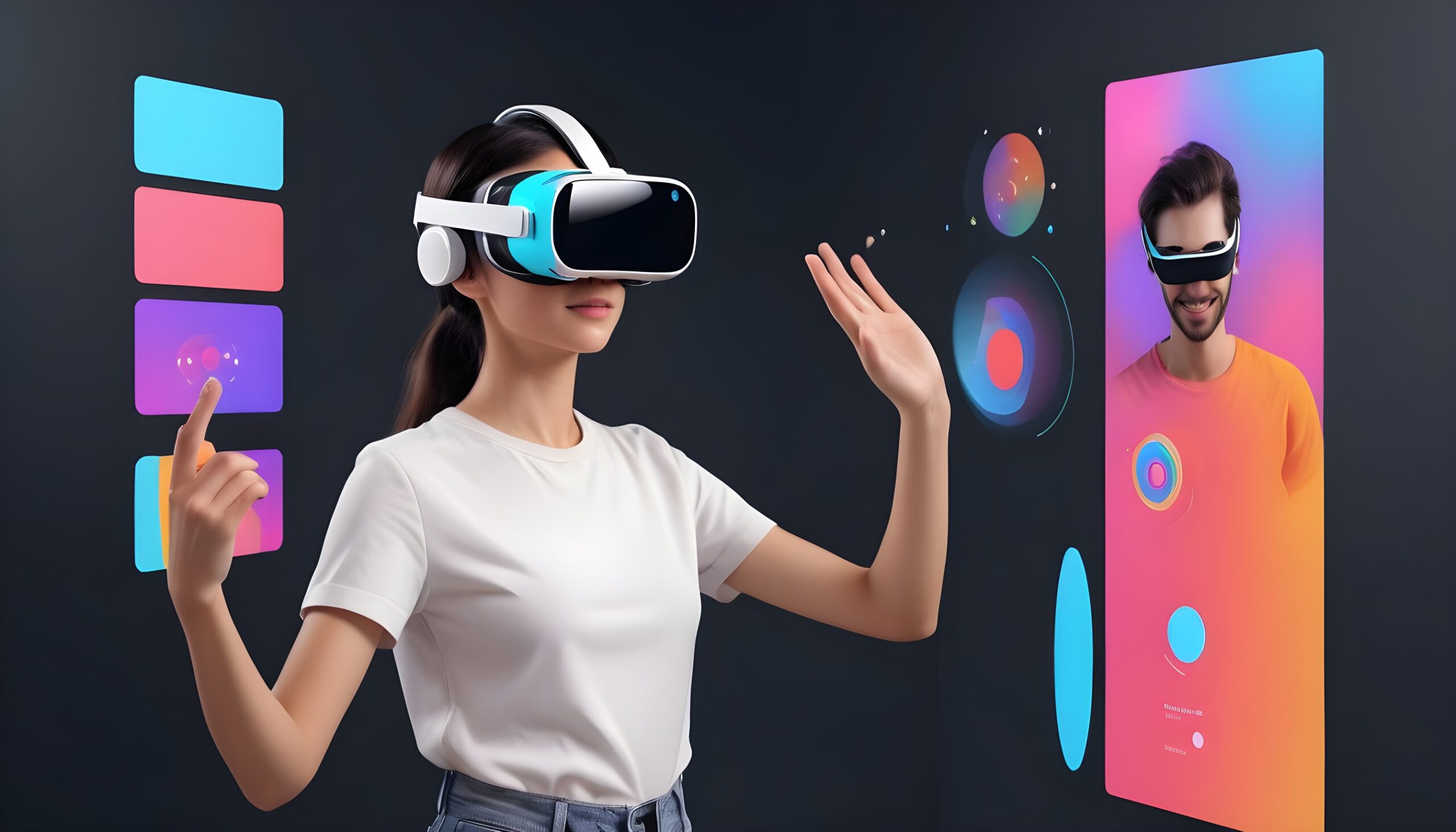The Future of UI/UX – Trends to Watch in 2024
Mar 14, 2024

In the ever-evolving world of UI/UX design, staying ahead of the curve is not just an advantage; it’s a necessity. As we step into 2024, the landscape of user interface and user experience design is set to undergo transformative changes, driven by advancements in technology and shifts in user expectations. Whether you’re a budding designer eager to make your mark or a seasoned professional aiming to keep your skills sharp, understanding these trends is crucial. Here’s a glimpse into the future of UI/UX design, highlighting the trends that are poised to redefine the industry.
In 2024, the mantra “less is more” reigns supreme in UI design. Users crave simplicity and clarity in the digital spaces they navigate. This trend emphasizes minimalist designs that focus on essential elements, reducing cognitive load and enhancing usability. Expect to see clean layouts, straightforward navigation, and a focus on core functionalities that streamline user interactions.
Inclusivity and accessibility are no longer optional; they’re imperative. Designers are tasked with creating experiences that cater to all users, including those with disabilities. This means thoughtful consideration of color contrast, text size, and voice navigation, ensuring that apps and websites are usable and enjoyable for everyone. Inclusive design not only expands your audience but also reflects a commitment to social responsibility.
Voice technology is set to become a cornerstone of UI design. As voice assistants like Siri, Alexa, and Google Assistant become ubiquitous, designing for voice interaction offers a seamless, hands-free user experience. VUIs require a different approach to UX design, focusing on natural language processing and anticipatory design to create intuitive voice-driven interactions.
AR and VR technologies are blurring the lines between the digital and physical worlds, offering immersive experiences that were once the realm of science fiction. For UI/UX designers, this means crafting 3D environments that are not only visually stunning but also intuitive to navigate. These technologies have vast applications, from virtual try-ons in e-commerce to interactive learning in education, opening new frontiers for user experience.
Artificial Intelligence (AI) is transforming UI/UX design by enabling hyper-personalized experiences. AI algorithms can analyze user behavior to tailor interfaces and content to individual preferences, making interactions more relevant and engaging. This level of personalization enhances user satisfaction and loyalty, marking a significant shift towards more adaptive and responsive design.
Microinteractions are small, functional animations that enhance the user experience by providing feedback, guiding tasks, and adding an element of delight. In 2024, these subtle touches will become more prevalent, enriching the user journey and reinforcing the user’s sense of control and engagement with the interface.
With increasing concerns about data privacy and digital well-being, ethical design takes center stage. UI/UX designers are embracing practices that respect user privacy, promote transparency, and prevent misinformation. Designing with ethics in mind means creating trustworthy experiences that prioritize user safety and data protection.
As users switch seamlessly between devices, maintaining a consistent experience across platforms is crucial. This trend emphasizes unified design systems that ensure brand and interface consistency, whether users are on a desktop, tablet, or smartphone. Cross-platform consistency simplifies the user journey, reinforcing brand identity and improving usability.
3D design elements add depth and realism to interfaces, making them more engaging and immersive. With advancements in web technologies like WebGL, incorporating 3D graphics into web and mobile interfaces is becoming more accessible. This trend not only enhances aesthetic appeal but also offers new ways to present information and interact with users.
The impact of digital experiences on mental health is gaining recognition, leading to a trend towards mindful design. This involves creating experiences that encourage positive habits, reduce anxiety, and promote digital well-being. From wellness apps to features that encourage breaks and digital detoxes, designing for mental health is becoming a key consideration in UI/UX.
The future of UI/UX design in 2024 is marked by a blend of technological innovation, ethical responsibility, and a deep commitment to user-centered design. By embracing these trends, designers can create experiences that are not only aesthetically pleasing but also deeply resonant with users’ needs
© 2025 Engineer Sahab Education. All rights reserved.